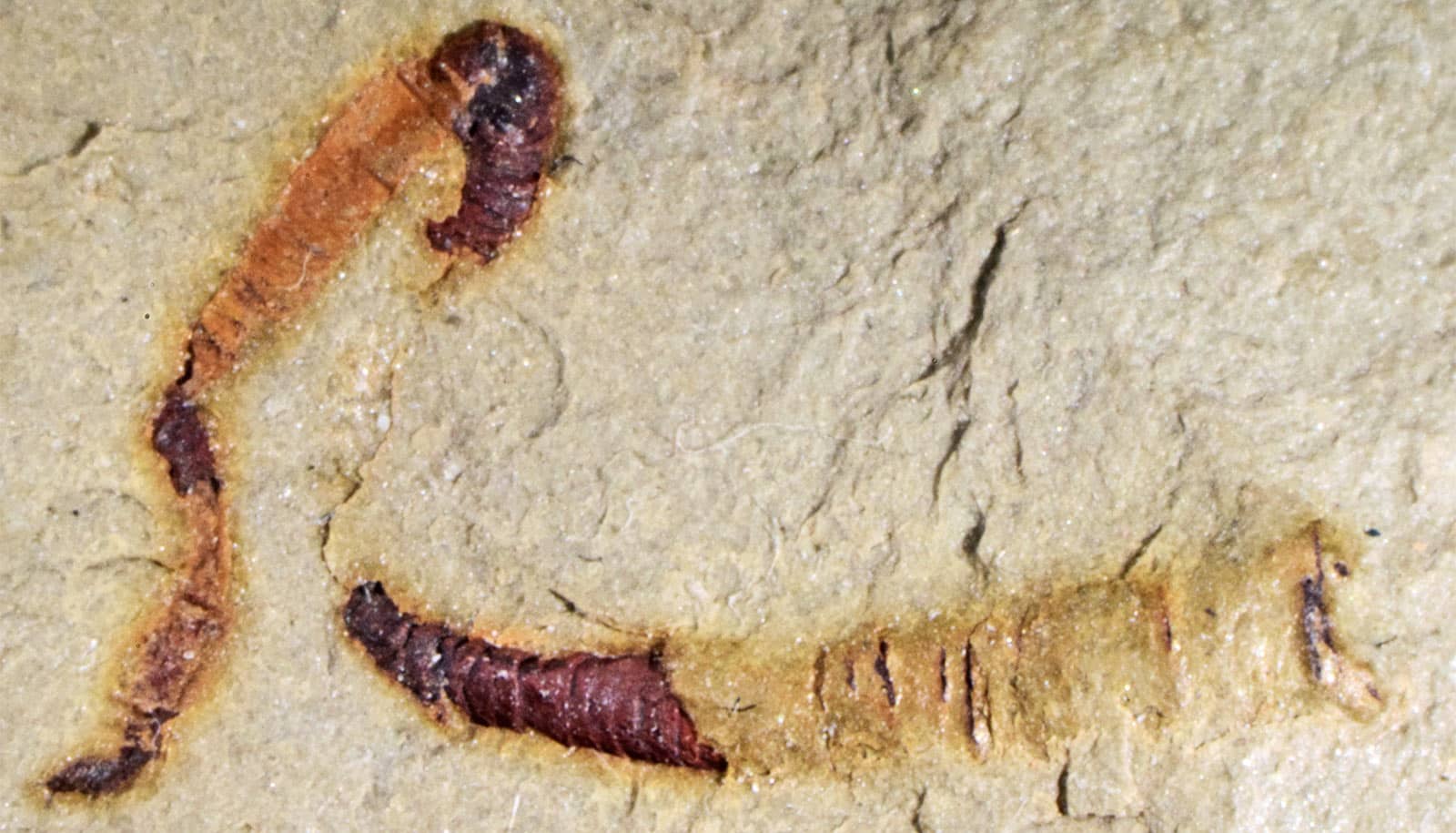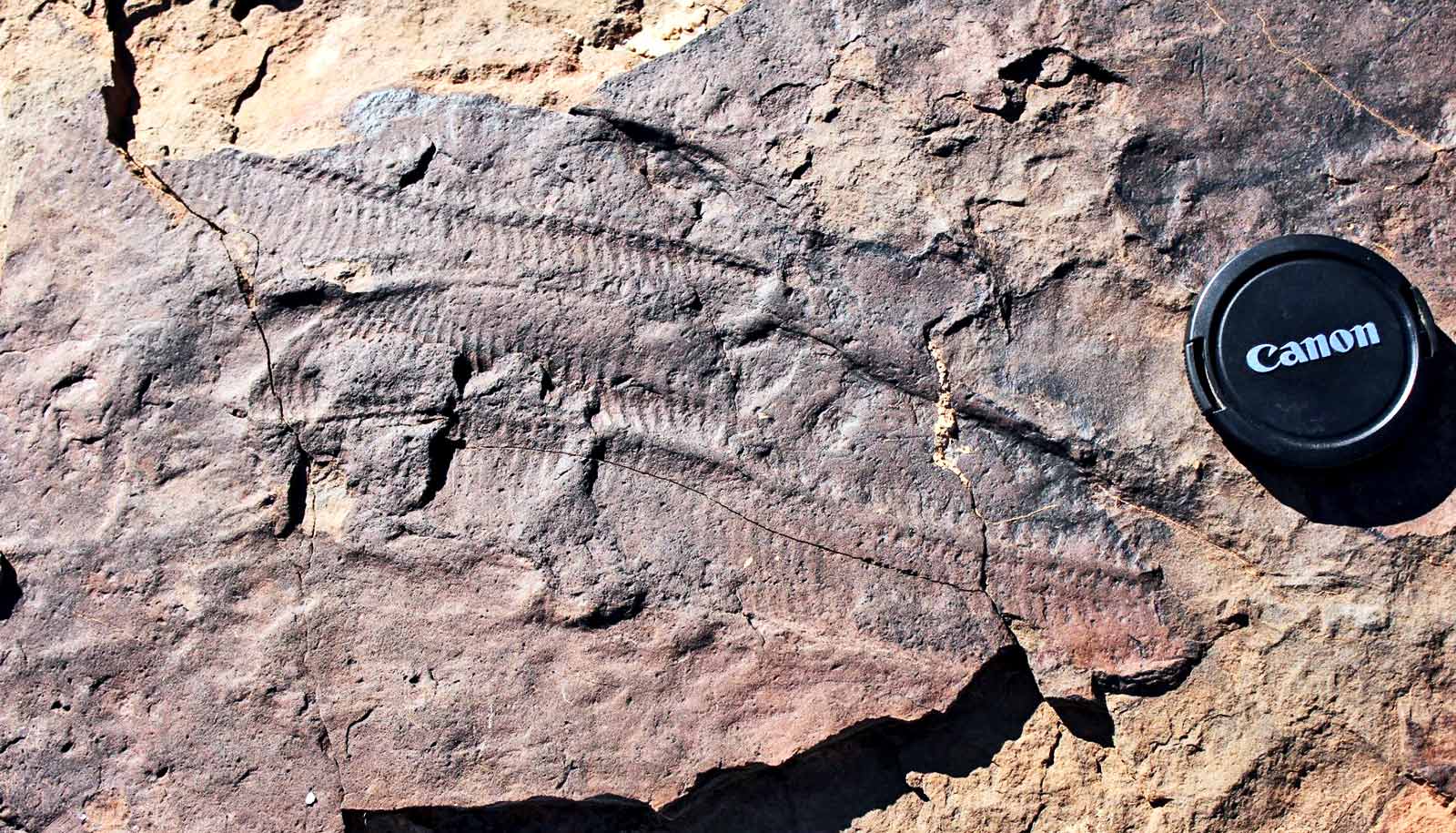A 550-million-year-old fossilized digestive tract from the Nevada desert could be key to understanding the early history of animals on Earth.
Over a half-billion years ago, life on Earth was comprised of simple ocean organisms unlike anything living in today’s oceans. Then, beginning about 540 million years ago, animal structures changed dramatically.
During this time, ancestors of many animal groups we know today appeared, such as primitive crustaceans and worms, yet for years scientists did not know how these two seemingly unrelated communities of animals were connected.
Now, an analysis of tubular fossils provides evidence of a 550-million-year-old digestive tract—one of the oldest known examples of fossilized internal anatomical structures—and reveals what scientists believe is a possible answer to the question of how these animals are connected.

“Not only are these structures the oldest guts yet discovered, but they also help to resolve the long-debated evolutionary positioning of this important fossil group,” says Jim Schiffbauer, an associate professor of geological sciences at the University of Missouri and director of the X-ray Microanalysis Core facility.
“These fossils fit within a very recognizable group of organisms—the cloudinids—that scientists use to identify the last 10 to 15 million years of the Ediacaran Period, or the period of time just before the Cambrian Explosion. We can now say that their anatomical structure appears much more worm-like than coral-like.”
The Cambrian Explosion is widely considered by scientists to be the point in history of life on Earth when the ancestors of many animal groups we know today emerged.
In the study, the scientists used micro-CT imaging to create a digital 3D image of the fossil. This technique allowed the scientists to view what was inside the fossil structure.
“With CT imaging, we can quickly assess key internal features and then analyze the entire fossil without potentially damaging it,” says coauthor Tara Selly, a research assistant professor in the geological sciences department and assistant director of the X-ray Microanalysis Core facility.
The study appears in Nature Communications. Additional coauthors are from the University of Missouri; Swarthmore College; the University of Nevada, Las Vegas; Northwest University in Xi’an, China; and Johns Hopkins University.
Funding came from the NSF Sedimentary Geology and Paleobiology Program and Instrumentation and Facilities Program. The content is solely the responsibility of the authors and does not necessarily represent the official views of the funding agencies.
Source: University of Missouri



